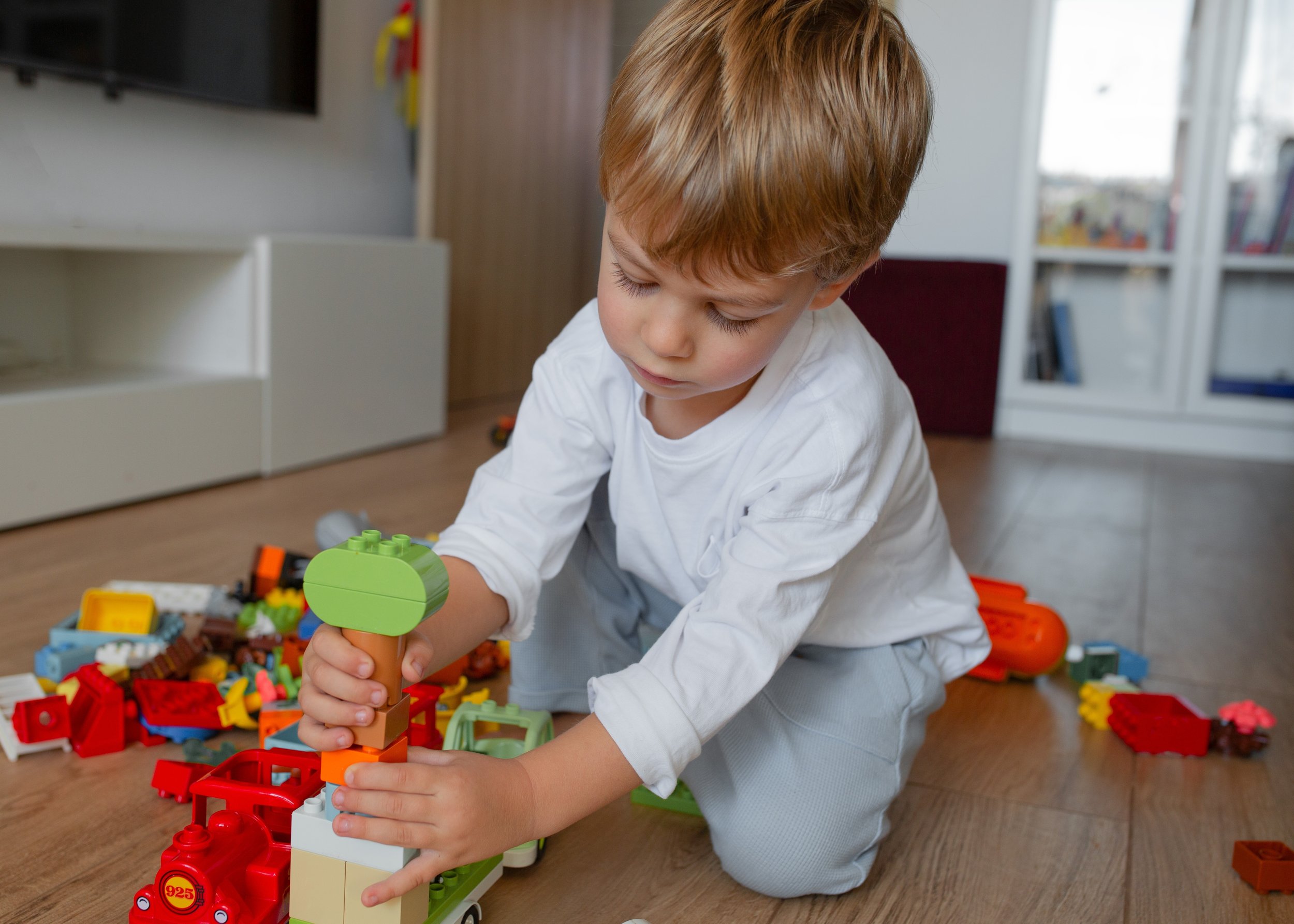How do you Determine the Recommended Treatment Intensity for my Child?
Parents often ask how many hours of Applied Behavior Analysis (ABA) will be recommended for their child, even before their child is evaluated by a provider. Providers often have “minimum requirements” for children to receive therapy in their clinic. However, determining the appropriate intensity of ABA for a child with autism should involve a thorough and individualized assessment process before a provider recommends a treatment intensity. The right level of intensity depends on several key factors, including the child’s developmental needs, age, skill level, and family goals. Here’s how the appropriate intensity is typically determined:
1. Comprehensive Initial Assessment
A Board Certified Behavior Analyst (BCBA) conducts a detailed evaluation, which may include:
Developmental assessments (e.g., VB-MAPP, ABLLS-R, AFLLS, Vineland Adaptive Behavior Scales, Social Responsiveness Scale, etc.)
Direct observation of the child (sometimes across different settings - home, school, etc.)
Parent and caregiver interviews to understand concerns, goals, and routines
Review of medical, educational, and therapy history
This helps identify strengths, delays, and the child’s specific learning profile.
2. Consideration of Clinical Guidelines
Evidence-based recommendations often guide the intensity of ABA services. According to clinical guidelines, two general categories exist:
Comprehensive (Intensive) ABA: 25–40 hours per week
Typically for young children (ages 2–6) or those with significant delays
Targets multiple developmental domains: language, self-help, play, social, academic readiness, and behavior reduction
Often delivered one-on-one, with some group or natural environment components
Goal: Significant skill acquisition and functional independence
Focused ABA: 10–25 hours per week
For children with milder needs or specific goals, such as reducing problem behavior or improving social skills
Appropriate for older children, or those who have already completed intensive services
Focuses on a limited number of targets
3. Age and Developmental Stage
Younger children (under 6): Research supports early, intensive intervention due to high brain plasticity. Higher intensity is generally recommended.
Older children and teens: May benefit more from focused ABA that targets social skills, emotional regulation, executive functioning, or transition planning.
4. Behavior Concerns
Children with significant challenging behaviors (e.g., aggression, self-injury, elopement) may require higher-intensity intervention to ensure safety and consistent progress.
5. Learning Rate and Responsiveness
The child’s rate of progress is monitored continuously. If a child is progressing quickly, fewer hours may be needed over time. If progress is slow, the BCBA may recommend increasing intensity or adjusting strategies.
6. Family Availability and Priorities
ABA must be practical and sustainable. A BCBA works with families to balance:
Other therapies (e.g., speech, OT)
School schedules
Parent capacity for participation
Siblings and family stressors
While clinical recommendations are important, so is creating a realistic and supportive plan for the child and family.
7. Funding or Insurance Requirements
Insurance providers often require a treatment plan with documented need for a specific number of hours. Many align with best-practice recommendations, but approvals may vary. A BCBA can advocate for the necessary level of care with data from assessments and ongoing documentation.
Key Questions a BCBA Will Ask at the Initial Consultation
What are your child’s current skill levels and behavior challenges?
What developmental domains need support?
What are your family’s goals for therapy?
What therapeutic supports have you utilized in the past?
Is your child in school? If appropriate, would you be willing to pull your child from school early or send them late to accommodate the recommended treatment intensity?
How many hours per week can the child and family realistically commit?
ABA is not one-size-fits-all. Determining the right intensity is a collaborative process between the clinical team and the family, guided by science, compassion, and practicality. The best ABA programs are flexible, data-driven, and continuously responsive to the child’s needs.

